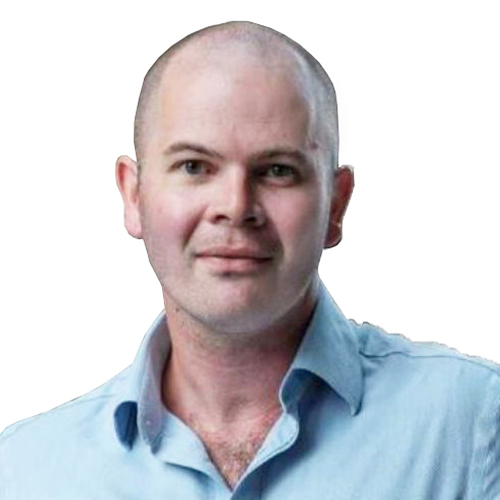While the involvement of gangs in the drug trade is widely accepted, some of the results in the New Zealand Drug Trends Survey were still surprising to Professor Chris Wilkins, who has been researching drug trends for more than 20 years.
Gangs are normally involved in the upper end of the supply chain, arranging or receiving a large importation of meth from overseas, or controlling distribution at a wholesale level to dealers.
The survey showed gangs were also heavily involved in retail sales, which carries the greatest risk of being caught, and Wilkins said the differences between regions were also noteworthy.
“This includes regions that are commonly associated with high meth use, such as the upper and central North Island and East Coast, but more surprisingly, Southland, West Coast and the upper South Island,” Wilkins said.
“This suggests they may play a foundation role in methamphetamine supply, both dominating large markets and providing baseline supply in smaller markets.”
The drug survey also asked meth buyers about the market share held by gangs.
Nearly 70% of respondents in Gisborne and Hawkes Bay said “one or two gangs” dominated the meth market in these regions.
“These findings related to the level of gang dominance of meth selling in Gisborne/Hawke’s Bay imply a level of market concentration and monopolization that is not seen in other regions, and suggest heightened threat and influence of gangs in drug selling in these areas,” Wilkins said.
The Mongrel Mob and Black Power are the two most dominant gangs in Gisborne and the Hawke’s Bay region. Last week, the Herald revealed that a string of violent attacks between rival gang members have been linked to the drug trade.
In recent years, there have been record-breaking drug busts at the border as global crime syndicates – including Mexican cartels and outlaw motorcycle gangs such as the Comancheros – have targeted New Zealand as a small but lucrative market.
But despite more drugs being seized than ever before, the consumption of methamphetamine more than doubled in 2024 to the highest levels recorded in national wastewater testing, as previously revealed by the Herald.
In June last year, just over 15kg of meth was being detected each week. For the next six months, weekly consumption exceeded 29kg and peaked at 39kg in October.
The spike last year was “dire” and showed that police and Customs were “swimming against the tide” despite their best efforts, according to a ministerial advisory group appointed by the Cabinet in February.
“Availability of methamphetamine is one indicator that organised crime is thriving in New Zealand. This is sadly having a devastating impact on the lives of many New Zealanders,” the advisory group wrote in its first report in March.
The Massey University survey also shows more people in New Zealand are buying drugs through social media and messaging apps, which is consistent with overseas trends.
The increased use of social media purchasing was seen for all drug types, particularly for cannabis and MDMA.
For example, the proportion who purchased MDMA via social media and messaging apps increased from 13% in 2020 to 24% last year.
Dr Robin van der Sanden, a fellow member of Massey’s drug research team, said this was largely because of convenience.
“Everyone has a smartphone with encrypted messaging apps and everyone uses social media, so it takes a lot of the legwork out of buying drugs when you can easily expand your local social networks and make new contacts via different secure apps.”
Facebook Messenger and Snapchat were the top apps for drug trading across New Zealand since 2020, van der Sanden said.
Jared Savage covers crime and justice issues, with a particular interest in organised crime. He joined the Herald in 2006 and has won a dozen journalism awards in that time, including twice being named Reporter of the Year. He is also the author of Gangland, Gangster’s Paradise and Underworld.
